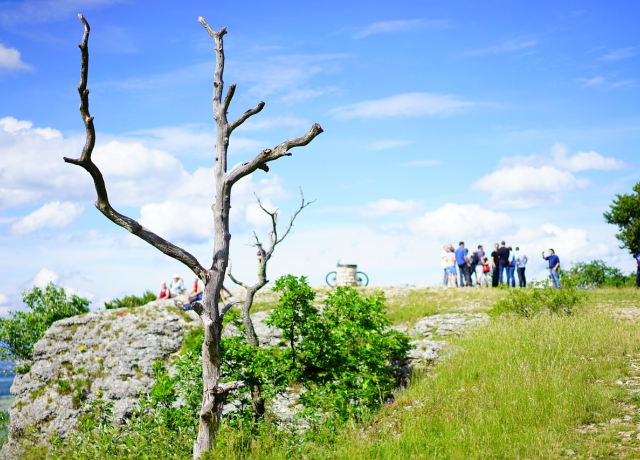Strengthening the Bonds between Europeans and Nature: EU Action Plan for Nature, People and the Economy
Strengthening the Bonds between Europeans and Nature: EU Action Plan for Nature, People and the Economy
Factoring to Europe’s economic, cultural and social development, nature and natural resources have an enormous value for all Europeans. They represent a critical asset for sustainable development, as well as for improving citizens’ health, productivity, and overall well-being.
With these benefits in focus, the Council of the European Union recently adopted an Action Plan that aims to improve citizens’ coexistence with nature and help preserve it for future generations. More specifically, the plan looks to enhance the implementation of earlier Birds and Habitats Directives, which are designed to safeguard Europe’s splendid natural heritage.
Dating from 1979 and 1992, respectively, Birds Directive and Habitats Directive are pillars of EU’s biodiversity policy. The new Action Plan from April, 2017 aims to facilitate their wider implementations through 15 specific actions that are to be carried out until 2019 in the following four as the priority areas:
- Improving guidance and knowledge and ensuring better coherence with broader socioeconomic objectives
- Building political ownership and strengthening compliance
- Strengthening investment in Natura 2000 and improving use of EU funding
- Better communication and outreach, engaging citizens, stakeholders and communities
Through these actions, the plan is expected to "lay a solid foundation for reconciling and building bridges between nature, people and economy." It aims to raise awareness of recommended protection strategies, as well as of the diversity of links between natural and cultural heritage, which is particularly important in the context of European Year of Cultural Heritage 2018.
Highlighting the inextricable links between people and their surroundings, the adoption of this action plan also relates to this year’s European Heritage Days theme. By enabling millions of people across the continent to explore connections between cultural and natural heritage, European Heritage Days 2017 help all Europeans get involved in the mission of preserving their natural heritage and keeping these connections alive.
